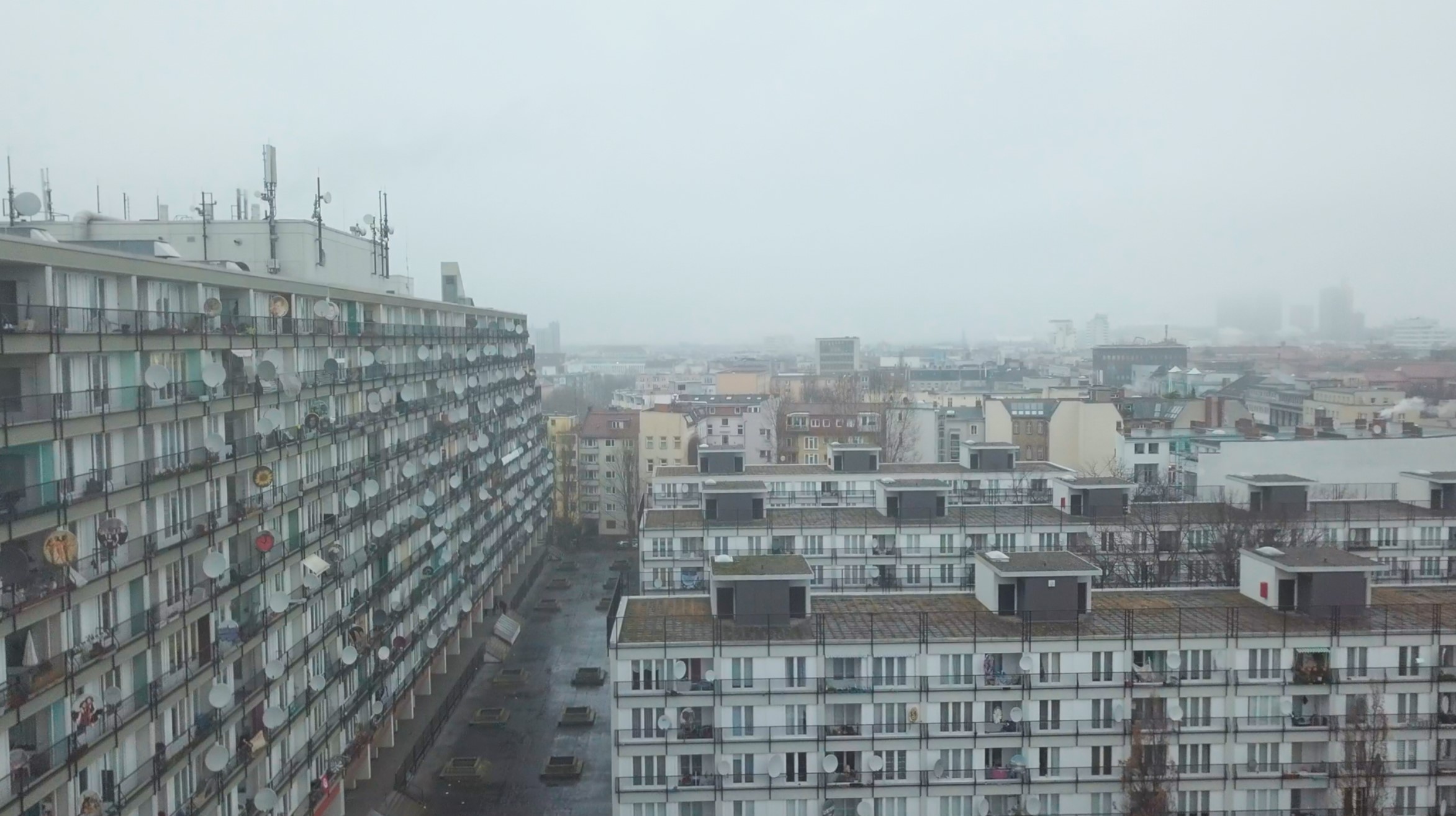National project
This United Nations Development Program – Global Environmental Facility (UNDP-GEF) project sought to dismantle the barriers to the implementation of energy efficiency measures among poorer households and communities in Romania, with the overall objective of alleviating energy poverty.
With a budget of over 1 million €, the project:
addressed energy efficiency needs.
developed appropriate policy measures.
strengthened the capacity for the implementation of energy-efficiency measures in poorer regions.
stimulated the market for locally-produced, energy-efficient building materials.
This project aimed to reach over 110,000 beneficiaries and reduce greenhouse gas emissions by over 660,000 tonnes of CO2eq. For removing legal, regulatory barriers to energy-efficient buildings, actions have been taken at both the national and local levels.
At national level, the project:
facilitated the national dialogue among the line ministries and national agencies responsible for development and approval of the secondary legislation for the latest EU Directive on Energy Efficiency and Cogeneration with High Efficiency (27/2012), and
made proposals for the definition of the fuel poverty concept in Romania, submitted them to the government, and developed the proposal “Possible Methodology for Fuel Poverty Assessment in Project " so that vulnerable customers might be helped to receive basic services ensuring thermal comfort.
The project will be further leveraged through existing or planned governmental interventions in the energy efficiency of buildings. In particular, if fuel poverty-related legislation and regulations are adopted, they will represent a major success of the project.
At the local level, the project continuously worked with the municipalities, making good progress in the mainstreaming of fuel poverty measures into local development and energy strategies. Measures addressing capacity and technical barriers aim to increase the number (826) of building professionals, local government authorities, and technical personnel capable of providing technical advice and services on the application of EE measures and techniques in the design, construction, and operation of buildings. Through various efforts, including training, the project helped to build capacity and dismantle technical barriers. Two locally produced, sustainable EE insulation materials were identified and promoted: one, Mopatel, uses slaked lime as raw material and the second, Izomiorita, uses woolen raw materials that can be produced locally from locally available, renewable, and affordable sources, using a local workforce in the poor communities.
For increasing awareness, a series of activities were successfully developed: Fifty information nodes covering 28 counties have been established. These distribute information and materials on how to implement EE measures in houses, on sources of funding, and on locally available materials.
In order to encourage and reward the efforts of local authorities to apply energy efficiency measures and the use of renewable energy sources, a contest was organized. “Energy Efficiency Begins with Local Communities” was aimed at involving as many communities in the pilot areas as possible. The prizes for the local administrations ranked in the top three was the provision and installation of a sustainable heating system for an institution (school, nursery, home for the elderly, and the like) in their respective municipalities: Vulcan, Galicea Mare, and Brad municipalities.
Participation in or organization of conferences, forums, and workshops at the national and international levels contributed to enhancing knowledge on energy efficiency and to disseminating the project’s experience and results.
To make data and information available to decision-makers, enabling them to design programmes to address fuel poverty, the project developed an energy management information system. The buildings registry is an important monitoring and decision-making tool that was found useful for purposes beyond its original one—such as informing or applying energy policies, EU directives compliance for public buildings, public energy management, flagging atypical variations of utility consumptions, and so forth. For the potential users of this instrument,23 training sessions were delivered in Bucharest, Iasi, Cluj Napoca, Timisoara, Craiova, Pitesti, Constanta, and Brasov Partner. The results of the project included: Large and tangible impact, all aspects considered: from retrofitting to policy support.
The project started in 2011 and was completed in 2016.
Main beneficiaries: the energy-poor and policymakers.
It addressed the topics of: regulation, energy efficiency and financing schemes.
-

-
 Countries impacted:
Countries impacted:
Romania -
 Geographical scale:
Geographical scale:
Regional and Local -
 Energy poverty phase:
Energy poverty phase:
Implementation -
 Intervention type:
Intervention type:
Household energy efficiency and refurbishment -
 Professionals involved:
Professionals involved:
Member of a local/national authority -
 Type of funding:
Type of funding:
Private funds from Global Environment Facility (GEF) (2.502.234 €), NGOs (68.096 €); National funds from the Ministry of Regional Development and Public Administration and the Ministry of Environment; Waters and Forests (84.458.622 €); Other from UNDP -
SDGs addressed:

Explore more
Romania


